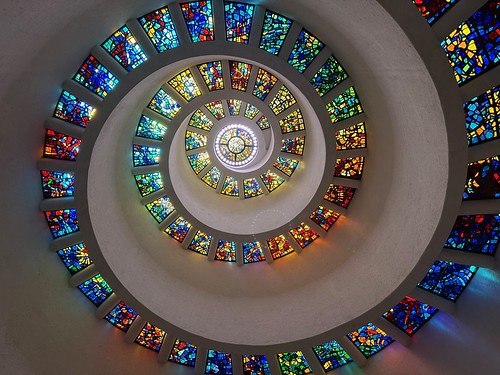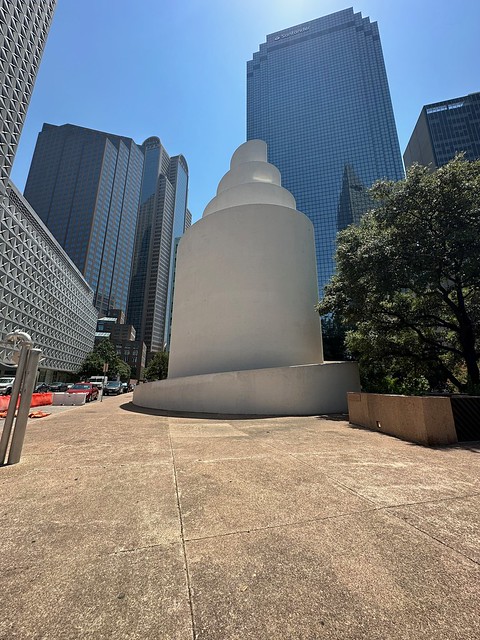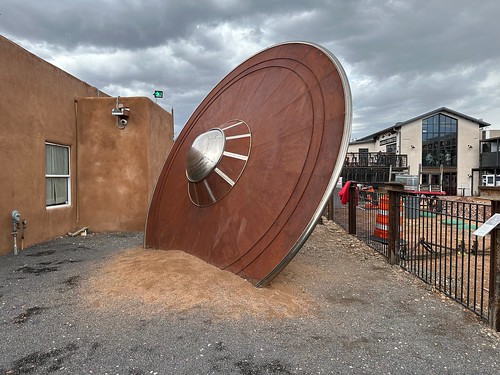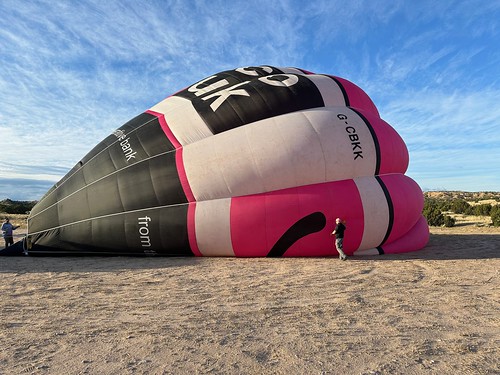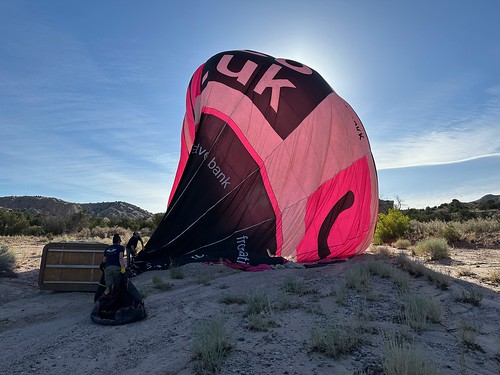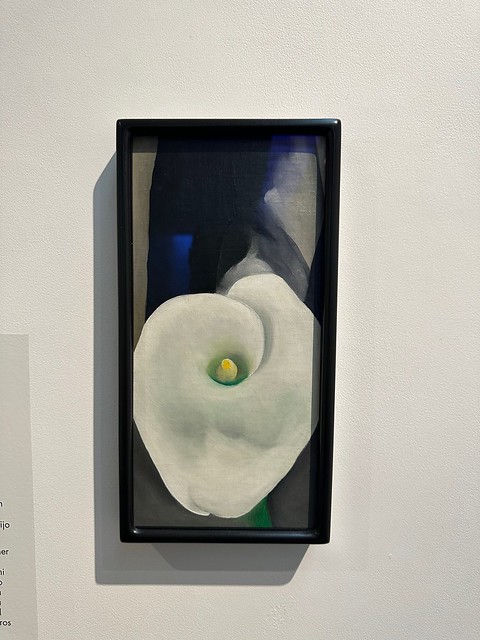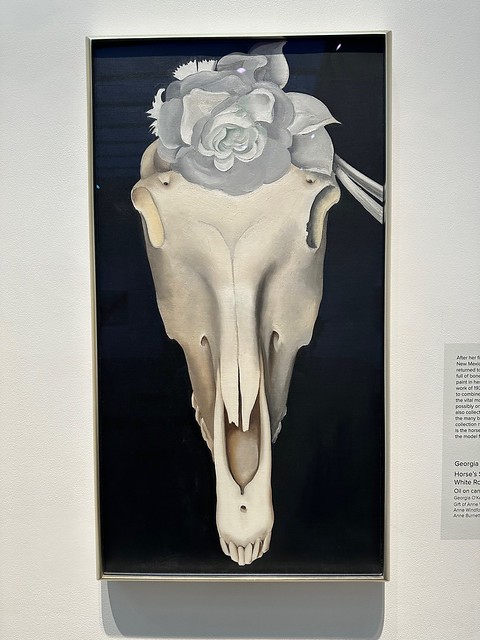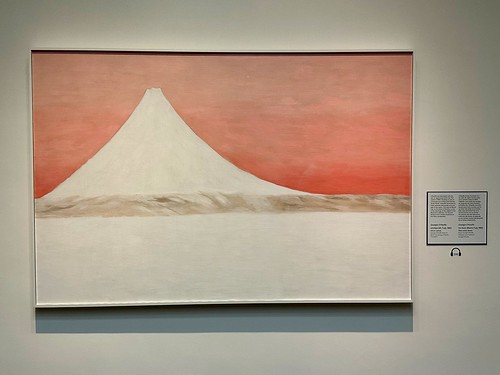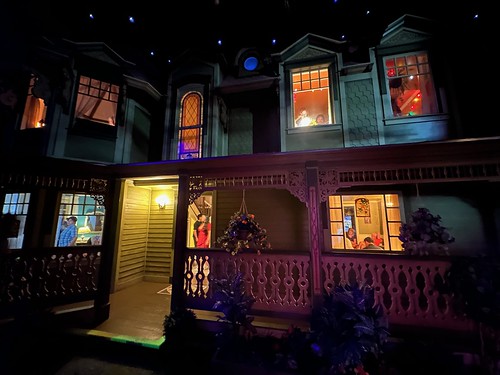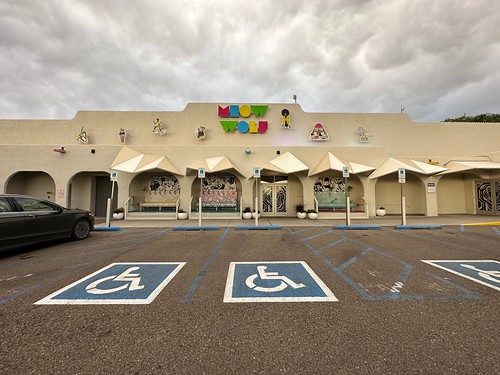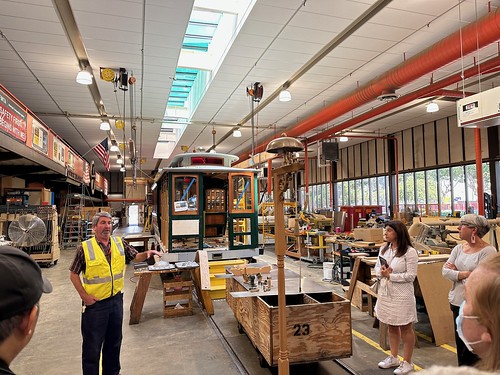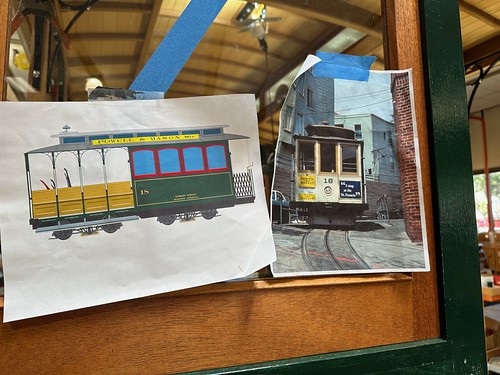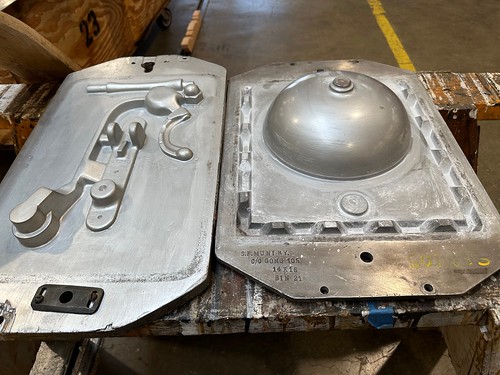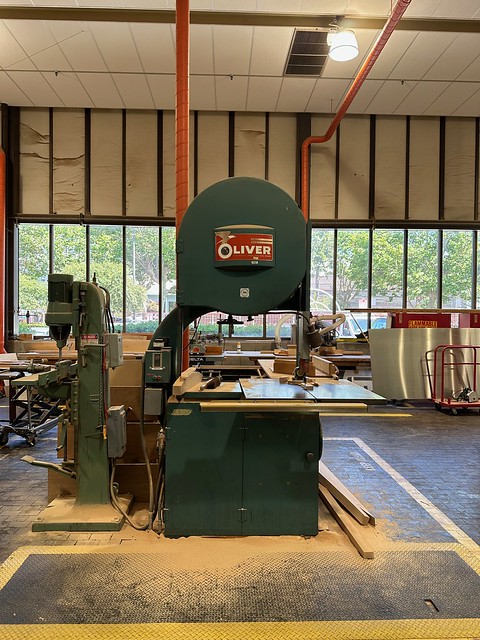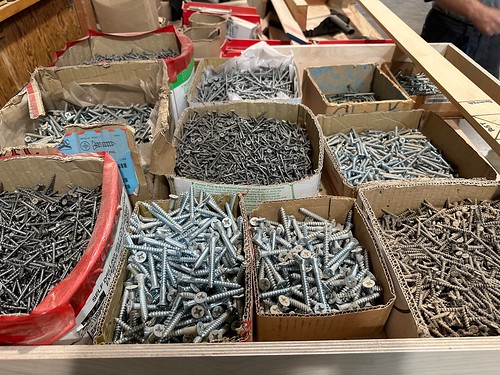Just outside of Dallas in the city of Grapevine there’s an absurdly large mall known as Grapevine Mills. They say everything is bigger in Texas, but nothing quite prepared me for a mall that’s so big it somehow has three separate Auntie Anne’s Pretzels locations within.
Okay so I know the title says “no spoilers” but since The Real Unreal is so new it’s barely been written about before. So if you really want to go in completely fresh, you can stop reading now. However I will barely touch on the story in this post. Consider yourself warned.
Here we go!

What is The Real Unreal?
The Real Unreal is Meow Wolf’s latest immersive story world, built into a “big box” style store at Grapevine Mills. (If my Google-fu is correct this was previously a location of Restoration Hardware.) Aside from the unusual location it works like other Meow Wolf locations, where you purchase a timed ticket and line up to get in.
Once inside, it’s a bit dark and there’s a big house and… hey wait a minute! Haven’t I see this before?
Since this is a spoiler-free review I won’t go into the story details much aside to confirm that yes, this is a sort of “echo” of The House of Eternal Return, or at least it appears that way at first glance.
But as you enter the installation, you’ll find plenty of the similarities are skin-deep at best.
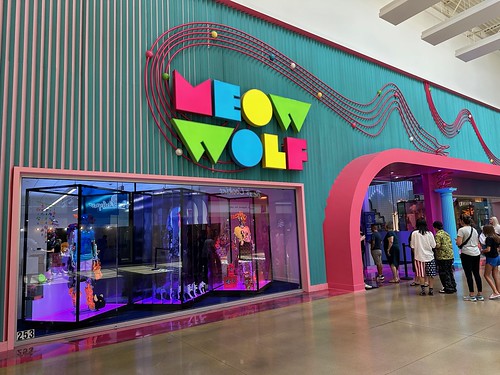
Practical stuff
Getting to Grapevine Mills from Dallas more or less requires a car of some sort. I spent a small fortune on Lyft rides to and from downtown. In theory you can take a public transit shuttle from the Dallas-Fort Worth airport though the lockers inside of The Real Unreal can only fit small bags (purses, shopping bags, etc.) and are not meant for luggage.
Meow Wolf’s “no weapons, no liquids” rule applies. If you have an empty water bottle there’s a place to refill it inside near the bathrooms and cafe area. And you will have to go through a metal detector before entering.
The space is smaller than both Omega Mart and the House of Eternal Return, however it’s fully accessible for those with physical disabilities. If you can’t find your way from point A to point B without going through a cramped secret passage, staff are happy to assist by showing you an alternate path.
The Real Unreal is open later than the rest of the mall, which is great if you want to experience it without the crowds. However, I did find myself locked inside the mall and had to figure out how to work the locks on the doors to exit. Perhaps they could advertise this aspect as an escape room?

My experience
As this is Meow Wolf’s newest installation and has only been open for about a month, I knew going in that it would be a little rough around the edges. However I didn’t quite anticipate the amount of teething problems.
There are a couple of key aspects to the experience that drive the story along which unfortunately were often in use by other participants: a diary and a phone. I actually never got to use the phone due to the constant line of people waiting for it. There were supposed to be two phones, one of which was broken (I alerted a staff member to this, hopefully it will be fixed soon.) I’m not sure there would be a narrative explanation for multiple copies of a diary but certainly there could be a few more phones.
I do think Meow Wolf should have anticipated these choke points and designed around them, although obviously hindsight is 20/20.
Visiting The Real Unreal so soon after visiting The House of Eternal Return is a trip to say the least. You think you’ll know where a secret passage will lead only to be thrown off completely. That’s all I will say about that (for now.)
My recommendation: This needs a little time to settle, right now it feels like a beta version of something that could be impressive, but it’s not quite there yet. Unless you’re an immersive design geek (like me) you’re better off waiting a year or two for the early issues to get ironed out.

